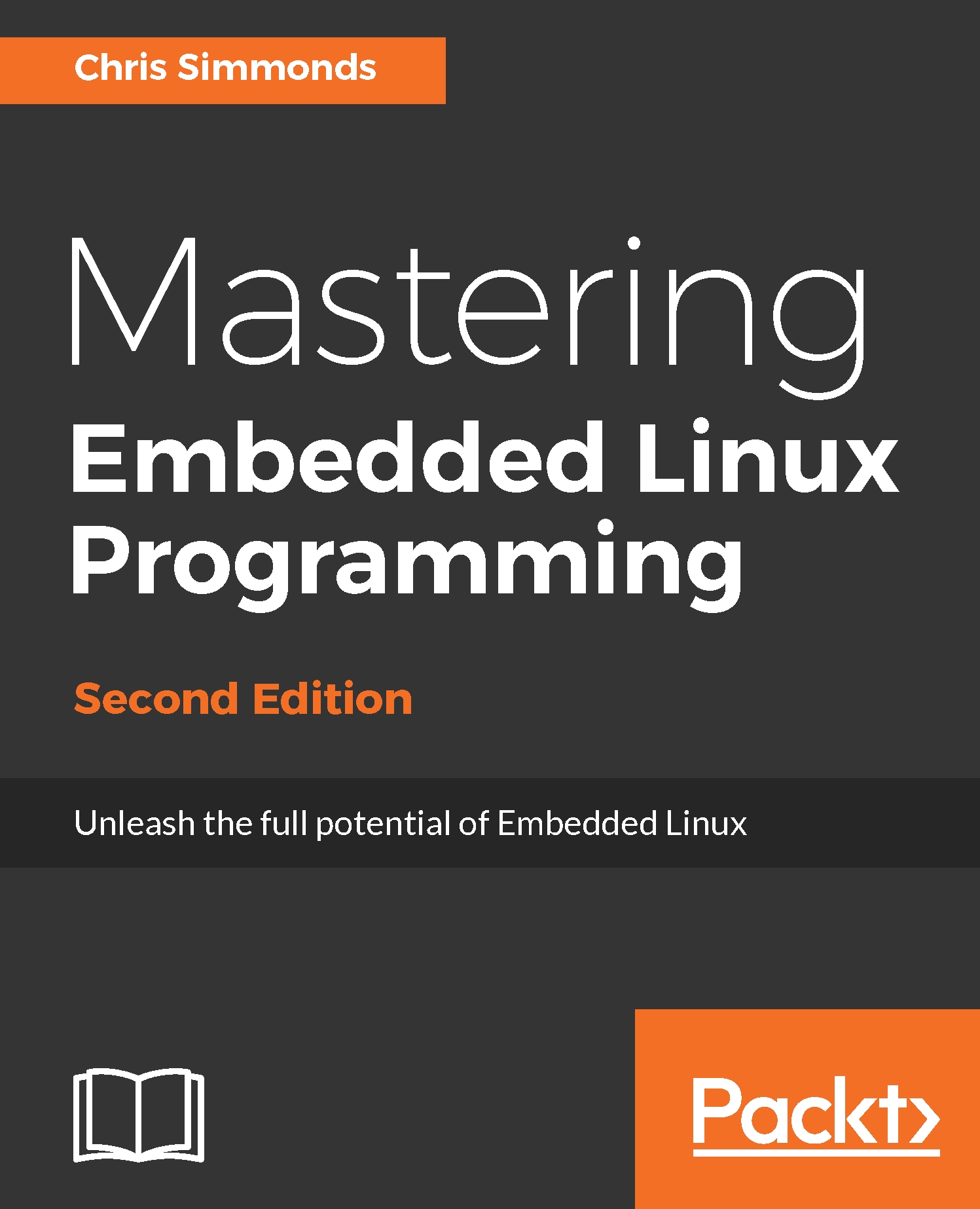A toolchain is the set of tools that compiles source code into executables that can run on your target device, and includes a compiler, a linker, and run-time libraries. Initially you need one to build the other three elements of an embedded Linux system: the bootloader, the kernel, and the root filesystem. It has to be able to compile code written in assembly, C, and C++ since these are the languages used in the base open source packages.
Usually, toolchains for Linux are based on components from the GNU project (http://www.gnu.org), and that is still true in the majority of cases at the time of writing. However, over the past few years, the Clang compiler and the associated Low Level Virtual Machine (LLVM) project (http://llvm.org) have progressed to the point that it is now a viable alternative to a GNU toolchain. One major distinction between LLVM and...


